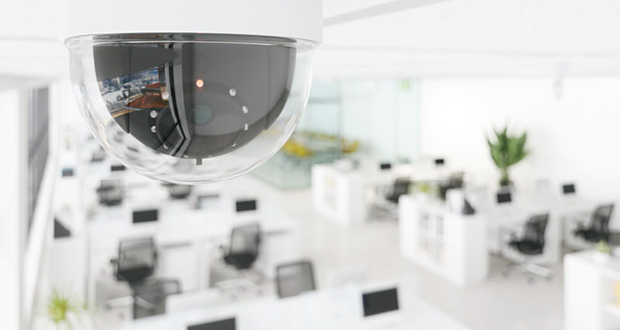Rob Hill, Managing Director, Corps Monitoring and Neil Shanks, Director, Corps Consult, (divisions of Corps Security), offer advice on adapting your security for the four-day workweek
With the headlines being dominated by the success of the four-day week pilot in the UK, more businesses are likely to have their interest piqued in testing out the model. We’ve heard a great deal about the potential benefits for staff productivity and wellbeing, but if businesses are considering changes to their working hours or shift patterns they should be reviewing whether their security provision is ready for the next stage of hybrid working.
With the greatest emerging trend being businesses taking Friday (or Monday) off, an assessment of their security could not only be critical to keeping their employees, assets and premises safe but could result in significant cost savings. Whatever shift your business may consider, a strategic security review could be a lifesaver, while insurance providers may also require an adjustment to a business’ security schedule before shifting to a new work pattern.
CONSTANT SECURITY
Regardless of your core business hours, security remains a key component around the clock. The level and type of security you need, however, can be strategically adapted to your business based on the particulars of your site, your occupancy levels throughout a 24-hour period, your location and site vulnerabilities.
Remote security technology like CCTV monitoring and remote access control continues to innovate the ways your property and assets are protected. With a change to your business operating hours, you’ll need to consider CCTV schedules, mobile patrol shift changes and the level of security resource dedicated to your site throughout the week – with possible additional shifts required.
During office down time, AI security monitoring and machine learning technology keeps a constant vigil on your premises while delivering the additional benefit of a cost saving, since physical on-site patrols could be reduced to twice daily, for example, while CCTV monitoring does the rest.
COST SAVINGS THROUGH TECH
The average commercial building’s energy usage differs significantly depending on its use – unsurprisingly factories carry the highest consumption of gas and electricity for non-domestic buildings, followed by offices, retail and warehouse premises. In fact, this year the City of London has submitted proposals to switch off or dim skyscraper lights over night to save energy.
Modern sites that are fully provisioned for the slick integration of remotely monitored digital security (access control, alarms, and CCTV), sustainability systems and building management systems, offer the potential for efficiency savings in security.
Your occupancy sensors should be adjusted to cover operational hours to ensure lights aren’t left on for an additional 80+ hours while your building is unoccupied. Since building use is monitored, the inherent data management within the security systems can help inform and control sustainability targets including cooling, heating and lighting.
GUARDIANSHIP
The central pillar of security service is guardianship. Widely understood among security personnel, the broken window principle explains that any disturbance or irregularity on site, like a broken window, must be tackled quickly. Left unaddressed, the situation will likely escalate quickly because an unfixed window signals a lack of on-site vigilance or reaction, providing serious offenders the opportunity to move in.
Unless the building is fitted with 360-degree CCTV coverage, mobile site patrols may be required, twice daily when employees are not on site. Similarly, video analytics provided by CCTV monitoring systems can be used to identify movement trends across changing shift patterns which provides valuable data about actual building occupancy and usage.
FM AND MAINTENANCE
Some businesses may find it beneficial to have asset maintenance or cleaning scheduled outside of working hours so the impact to daily productivity is minimised. A four-day week leaves more time available for scheduled cleaners or maintenance engineers to be granted access to your premises and can be controlled via remote security monitoring.
Fire and intruder alarm monitoring systems and occupancy and environment sensors should be routinely maintained, which can be done out of working hours so as not to disturb your workforce.
ACCESS CONTROL
Changing the day your bins are collected could be a headache for your facilities manager but it need not be. Remote access monitoring means your weekly Friday bin collection can be managed by remote security keeping schedules to time.
Biometrics are advancing the ways we can control secure site access remotely. While fingerprint and iris scanning technology is improving, touchless biometric systems that work with the swipe of hand take a bigger sample than traditional fingerprint scanners, which draws a larger pool of data without multifactor identification.
Environmental monitoring sensors, like flood alarms, can also link to video management systems and the collected data used to improve usage and define better emergency protocols.
SITE VULNERABILITY
Multitenancy buildings have a more complex security strategy to consider. Ensuring your section of the business is secured and monitored in your absence is key.
Your security is reliant on the professionalism of installers, and your consultant expert working alongside you to analyse your risk and ensure correct provisions are in place. A fresh set of eyes will see opportunities for assailants that you will likely miss – even down to the expensive artwork in reception. We can be blinded by our own expectations and experiences, so listen to the professionals. It will save you in the future.





